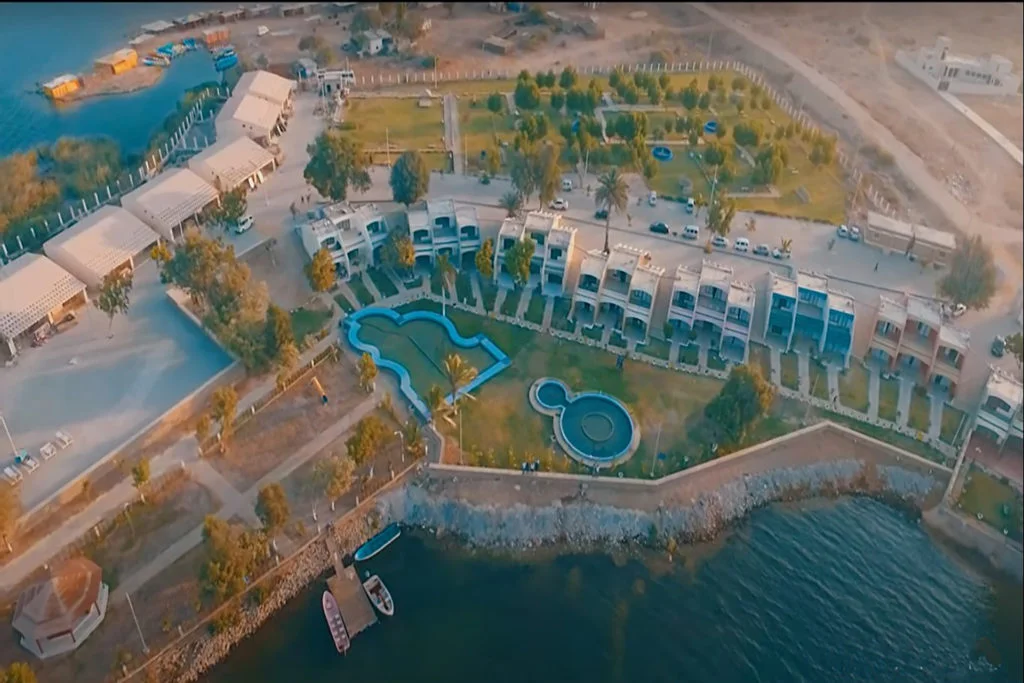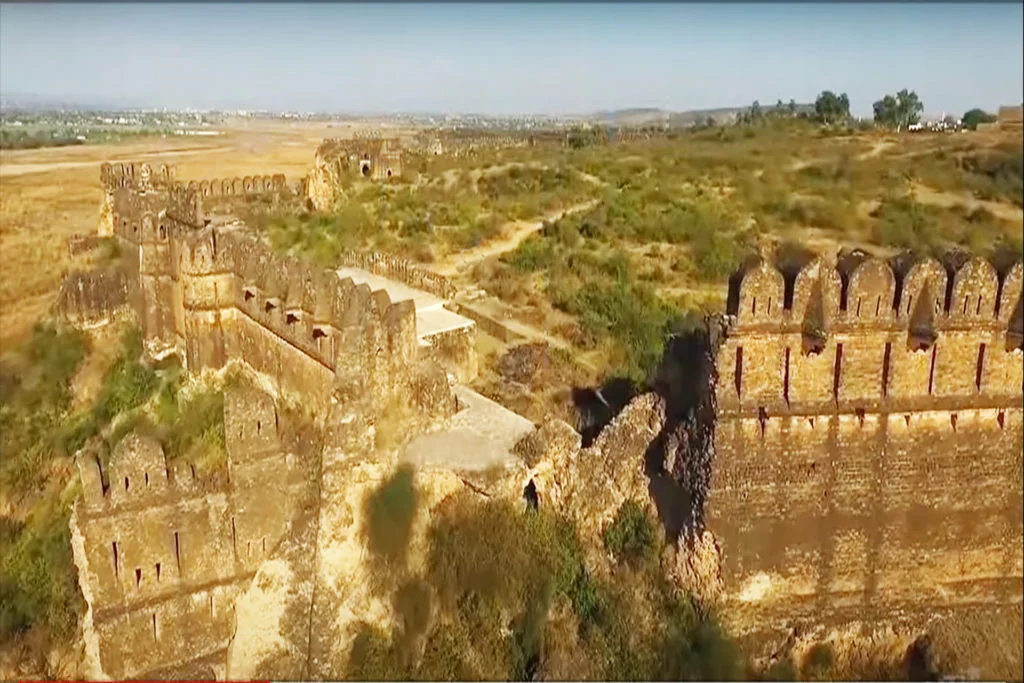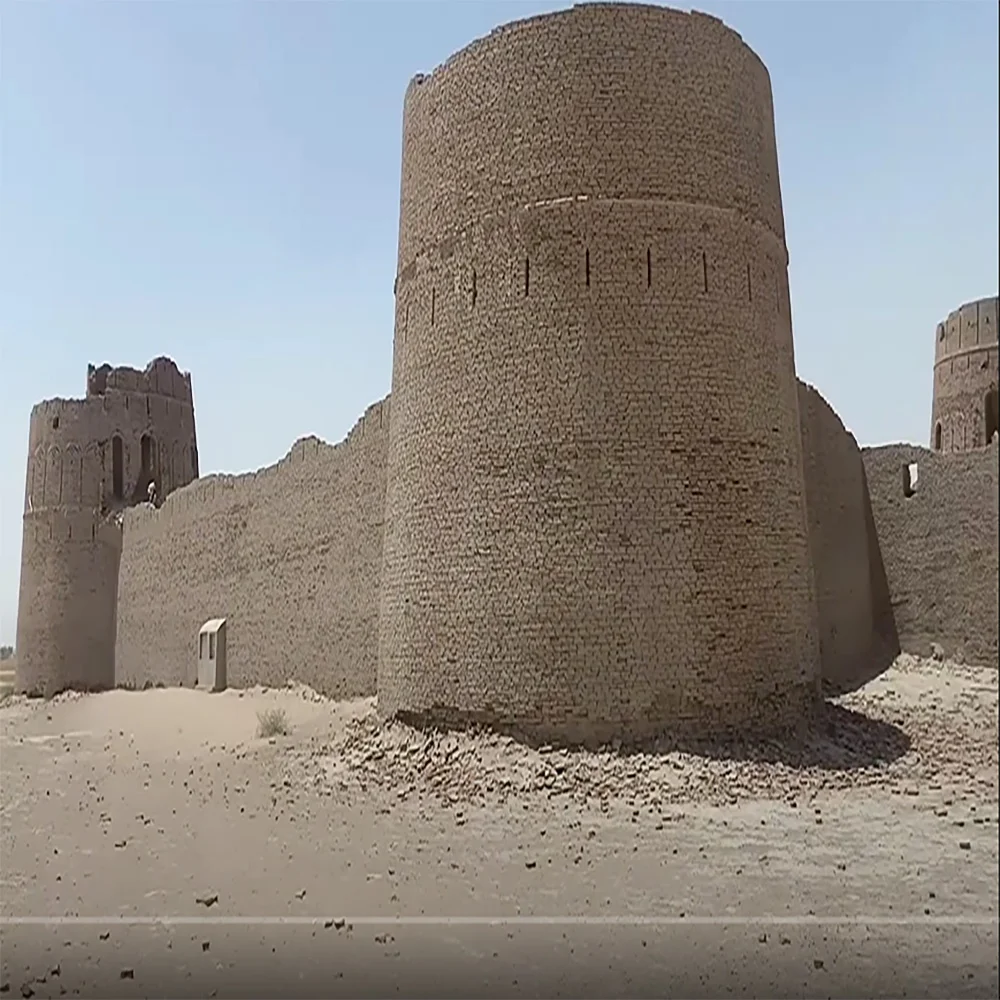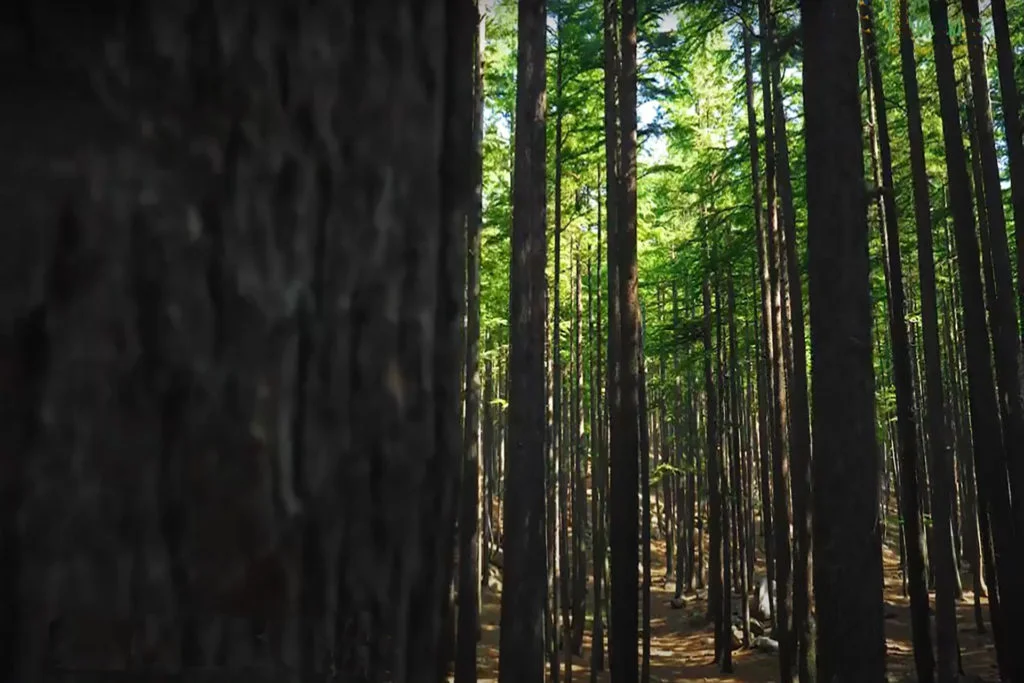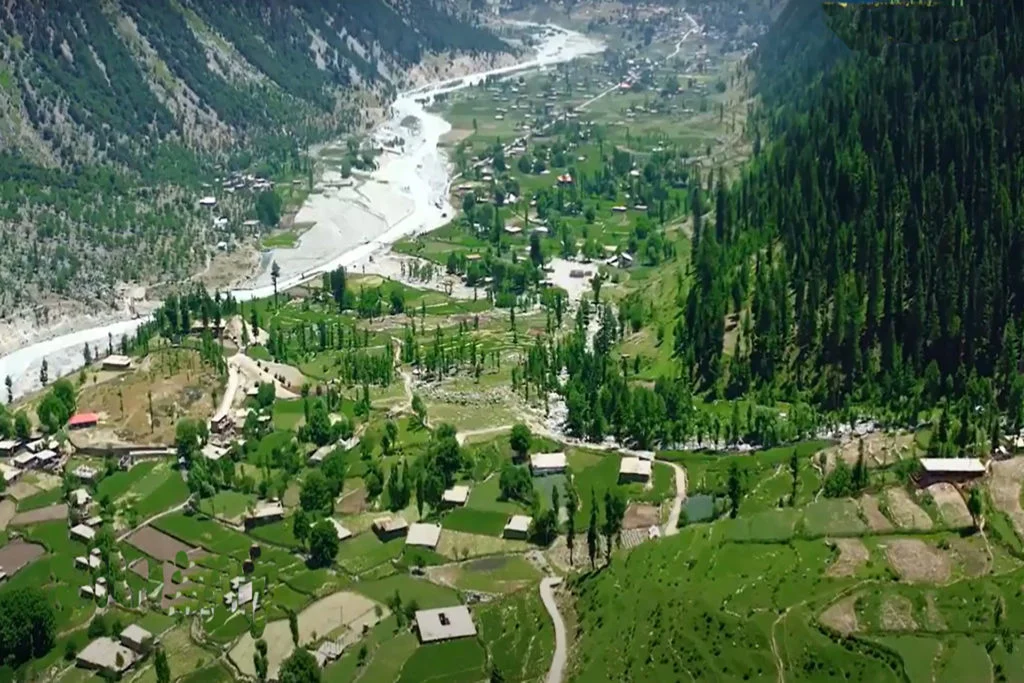Shahi Hammam, also known as the “Royal Bath,” is a hidden gem nestled in the heart of Lahore, Pakistan. This architectural marvel is a living testimony to the city’s rich cultural and historical heritage, offering a glimpse into the opulent lifestyle of the Mughal era.
Historical Background:
Built during the reign of Emperor Shah Jahan in the mid-17th century, Shahi Hammam was an essential component of the Mughal city’s infrastructure. Its purpose was to provide a luxurious and hygienic bathing facility for the royal family and nobility.
Architectural Splendor:
Shahi Hammam is a brilliant example of Mughal architecture, blending Persian and Indian design elements. Its entrance, an intricately carved wooden door, welcomes visitors into a world of grandeur and elegance. The bathhouse consists of three main sections: the cool room (sardkhana), the warm room (garamkhana), and the hot room (boiler).
The warm and hot rooms are adorned with exquisite frescoes, featuring floral motifs, geometric patterns, and scenes from Mughal court life. The ceiling is adorned with stunning stucco work, adding to the aesthetic appeal of the hammam.
The Experience Within:
Stepping into Shahi Hammam is like stepping back in time. The hammam’s architectural brilliance and ambiance transport visitors to an era of lavish baths, indulgence, and sophistication. The baths’ design allowed for efficient heating and cooling systems, ensuring a relaxing and comfortable experience for the bathers.
The mosaic-tiled floors, marble fountains, and intricately designed alcoves provide a glimpse into the luxurious lifestyle enjoyed by the Mughal emperors and nobility. The layout of the hammam reveals meticulous planning and attention to detail, signifying its significance in Mughal society.
Preservation and Restoration:
Over the years, Shahi Hammam faced the challenges of time and neglect. However, with growing awareness of its historical importance, efforts have been made to preserve and restore this cultural gem.
The Aga Khan Trust for Culture, in collaboration with the Walled City of Lahore Authority, initiated restoration work in 2016. The conservation efforts focused on restoring the frescoes, stucco work, and mosaics, ensuring that the hammam’s original splendor is preserved for future generations.
A Cultural Treasure:
Shahi Hammam remains a cultural treasure, attracting history enthusiasts, tourists, and scholars from around the world. It provides a unique opportunity to connect with the past and understand the sophisticated lifestyle of the Mughal era.
Today, Shahi Hammam serves not only as a historical monument but also as a symbol of Lahore’s architectural heritage and the Mughal dynasty’s artistic and cultural achievements. Its preservation and restoration efforts are a testament to the city’s commitment to preserving its rich history and sharing it with the world.
As visitors explore the Shahi Hammam, they are transported to an era of grandeur, evoking a sense of wonder and admiration for the architectural brilliance of the Mughal empire. The hammam’s intricate design, rich history, and timeless beauty make it an essential destination for those seeking to unravel the mystique of Lahore’s glorious past.


